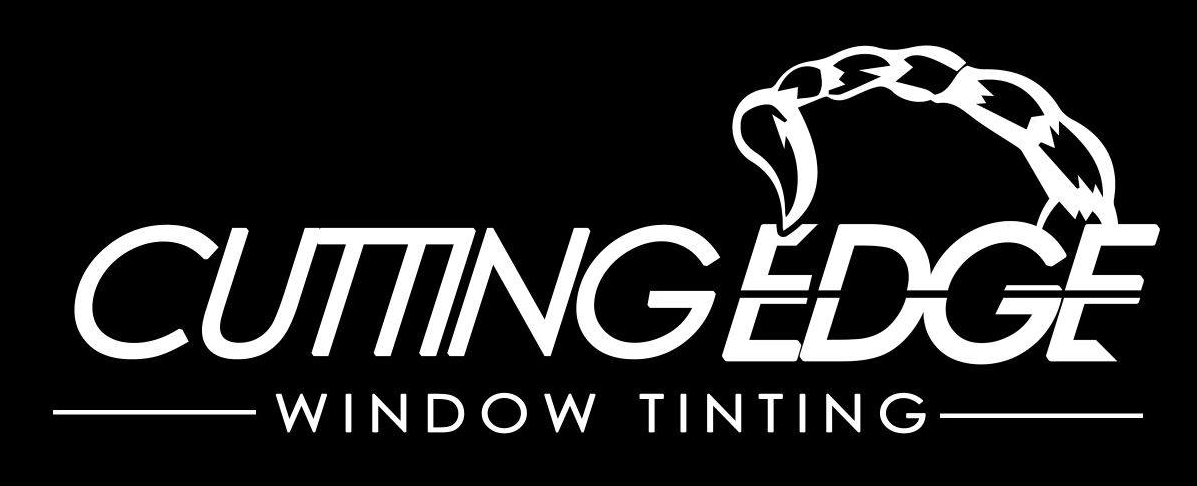How to Test Window Tint
You'll need a device to measure the transmittance of visible light in order to measure the degree of transparency windows. This can be achieved using the help of an IR heat lamp. Simply attach the lamp to the window. It will show the amount of light that's passed through the tint.
Percentage of visible light transmittance
If you're looking to make your windows more energy efficient it is possible to check the window tint for visible light transmittance (VLT). The measurement measures the percentage of visible light passing through the window. The higher the percentage the greater the amount of light that can pass through the window. A VLT value of 0.5 is half the amount of light passing through while VLT 1 is 100%. A high VLT value can lead to excess heat gain and can negatively impact energy use. You can cut down on heat loss by installing window tint or solar control film.
To find out the amount of light that is reflected through the window, make use of an instrument to test. It is possible to make use of a test kit to measure the amount of visible light that your windows reflect. Most cars have a VLT of around 80%. The goal is to block less than 4% of visible sunlight in most cases.
Legal window tinting percentages for New York State
In New York State, there are tinting percentages that are legal for vehicles, passenger cars, buses, and multipurpose vehicles. The type of vehicle as well as the method used to tint the windows will determine if it is legal. Vehicles that are permitted to be driven on roads must be equipped with at least 70% VLT. Multi-purpose vehicles consist of trucks, buses and trucks that have special features that allow off-road use.
According to the DMV that it has issued nearly 700,000 window tint violations in the past few years. Any violation of the law could lead to the issuance of a fine. If you're stopped, you must to correct the problem prior to the time your inspection tag for your vehicle expires. However, there are many options to avoid being punished for breaking the law.
New York's minimum light transmittance required for cars is 70% on the windshield, as well as front and rear windows. The car may have darker tints on the rear side windows if it's an convertible, station wagon, or hardtop. If you're caught violating the law, you'll have to pay an amount of $150 in fines.
Apps are available to verify transparency
You can download an app to your smartphone to test the transparency of tinted windows. These apps can assist you to determine the level of transparency of automotive glass. They also display the percent of light transmission visible. For these apps to function, you need to possess a smartphone with the ability to detect light. The sensors are usually situated near the screen's top or front camera.
Besides measuring the tint's transparency, these apps also allow you to take measurements of other factors such as volume. Certain apps also have the night mode feature, where you can alter the brightness of the tint. With these applications you can ensure that the tint of your windows is as transparent as you'd like it to be.
Tinted windows are required to treat medical conditions.
It can be difficult to drive for people with medical conditions that require tinted glass. However, there are exceptions. You can request a tinted exemption when you suffer from a severe medical issue. These exemptions can be granted depending on your medical condition. They need to be signed by a licensed doctor. Fill out the application form and mail it to the address specified.
Another group of people that need tinted windows is people with SLE (Systemic Lupus Edema). SLE can cause someone to be extremely sensitive to UV rays. The patient might also experience painful rashes and a fever. The patients could be affected by even the tiniest amount of sunlight. Window tinting helps them to control their symptoms.
The National Resource Center on Lupus estimates that there are 1.5 million people in the United States with the condition. About 90 percent of them are women.
|
Phone +18474292479
|
|
| Address |
408 Brook St, Elgin, IL 60120
|

